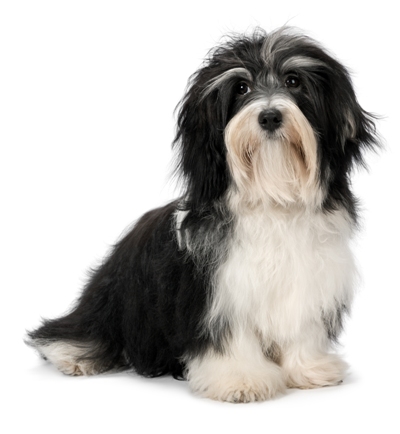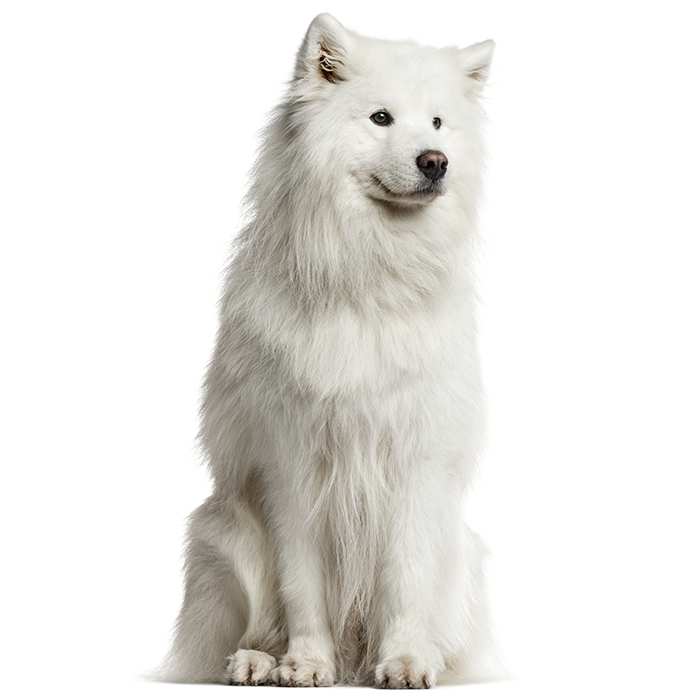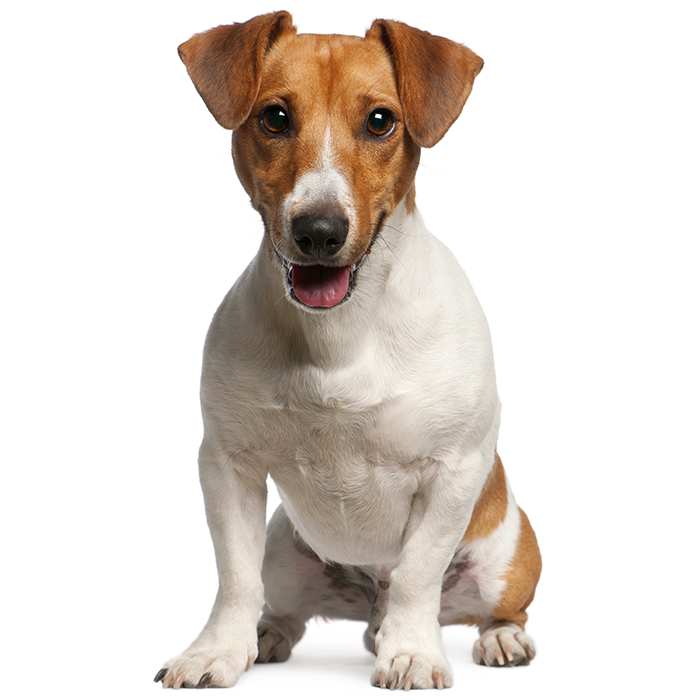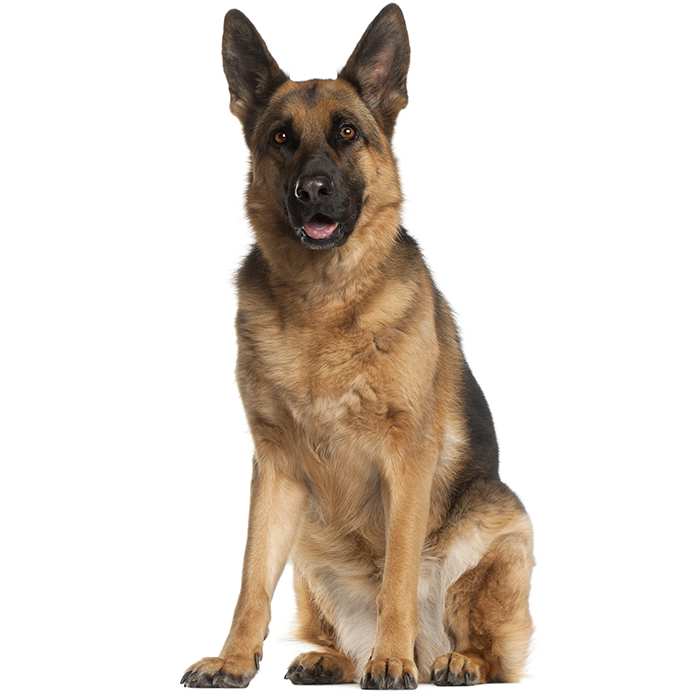Havanese
Social, energetic
This breed has an around average probability of having health issues in its lifetime, hence it is one of the less expensive breeds to insure.
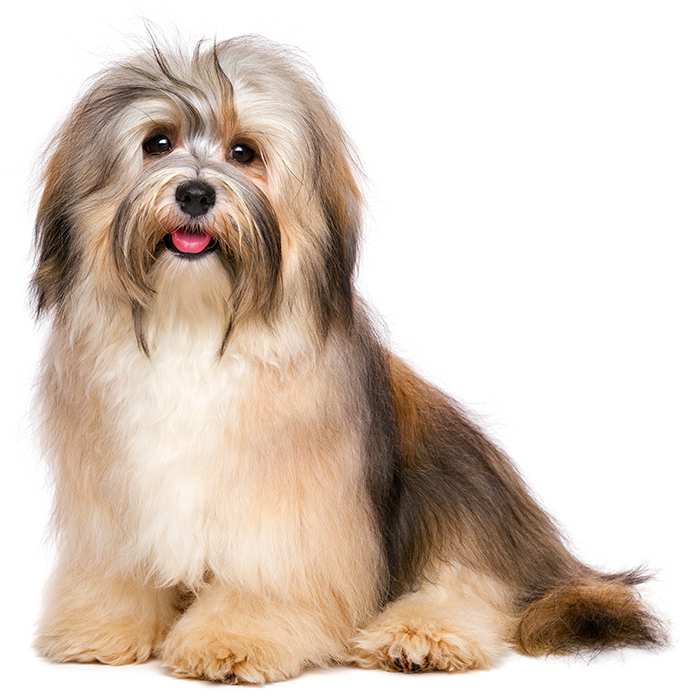
Is this breed right for you?
Try our breed selector quiz to find out your best matching breed!
Insuring a Havanese?
Get award-winning cover with more benefits and up to 80% of eligible vet bills reimbursed. Find out about your cover options.
Get a quick quoteBreed Overview
The Havanese is a small toy breed of domesticated dog. It has a thick coat of either long and straight or curly fur, ears that droop to the side of its face, and a great deal of personality. The Havanese was originally bred from the now extinct Blanquito de la Havana, a direct descendant of the Bichon Tenerife.
Now the official dog of Cuba, the Havanese or ‘the dog from Havana’ is a sturdy little companion dog, equally popular in the show ring as it is a companion pet for the home. The Havanese is a confident and bouncy little dog, full of energy and strong-willed. They have a great reputation and temperament for getting on well with kids and are very social.
Popular in the 1800s amongst the aristocracy of Cuba, travellers to the island returned to Europe with many examples. The breed almost became extinct after the Second World War, even in Cuba, and after the revolution of 1959, eleven Havanese made it to the United States with their refugee owners. These eleven dogs are the true ancestors of most of the Havanese outside of Cuba today.
Happy-go-lucky and very energetic, the Havanese has proven to be a popular family dog in many countries across the globe.
Generally very good with children, as long as they are respected, the Havanese has a reputation as a very good companion. The breed requires a great deal of human contact and play time to remain healthy and happy. Behavioural problems can occur if they aren’t given enough exercise and separation anxiety is common in Havanese that are left alone for extended periods of time.
Havanese puppies come in a variety of colours, including sable, brindle, black & tan, Irish pied, parti, belton or piebald, black and white, beige black and white.
A very new breed to the show scene, the Havanese was officially recognised by American Kennel Club in 1995.
The average Havanese will measure between 20 and 28cm and should weigh between 3 and 6kgs. Most Havanese will live to between the ages of 12 and 15 years.

Personality and Temperament
The Havanese is a very personable little dog with a friendly temperament. The breed loves to interact with humans and if it has the chance to be the centre of attention, it’ll take it.
Known for its affectionate and bubbly nature, the Havanese is an energetic breed, playful and great with children. While the Havanese is patient to a point, younger kids should be closely supervised as, like all toy types, the Havanese is sensitive to its size and will not take kindly to physical abuse or ongoing pestering.
What is commonly known as ‘small dog syndrome’ can quite easily manifest in the Havanese, especially those who are spoilt and ill-trained.
The solution for keeping a small dog well-behaved and even-tempered is to assert your dominance of the animal from day one. All dogs have a pack mentality and require a strong, dominant pack leader to take control. If the Havanese senses that its master isn’t the boss, then it’ll happily take the reins.
Good, clear and simple commands are essential when training the Havanese. Although very small, cute and playful, Havanese puppies should not be allowed to get away with poor behaviour. Discipline should be consistent and fair. When the law is laid down, your Havanese will excel in the home.
Because the Havanese is a very social and people-orientated breed, separation anxiety is a common occurrence. If behavioural problems begin to manifest, bad habits such as destructive behaviour, excessive barking and scratching, then you Havanese could be lonely. Try either introducing another dog to the family for company or make a note to spend more quality time playing with your Havanese.
Common Havanese Diseases & Conditions
Symptoms, diagnosis and treatment
- Patellar luxation. Affects Havanese quite often and is simply a disorder that causes the dislocation of the kneecap.
- Hip dysplasia, like in many breeds of dog, does tend to occur in the Havanese as well. This is when the hip doesn’t form properly, leading to possible lameness over time.
- Polycystic Kidney Disease (PKD). PKD is a condition that is inherited and symptoms can start to show at a young age. Polycystic Kidney Disease causes cysts of fluid to form in the kidneys, obstructing them from functioning properly. Look for symptoms like: poor appetite, vomiting, drinking excessively, dry or pale gums and lethargic behaviour.
- Glaucoma is a group of eye diseases that cause the optic nerve damage, causing black spots in the eye and causing vision to decrease over time. It’s difficult to determine whether your Havanese is affected by glaucoma until the later stages where the condition is more severe.
Not all conditions are covered by Pet Insurance. For details of Bow Wow Meow Pet Insurance cover, refer to the Product Disclosure Statement.
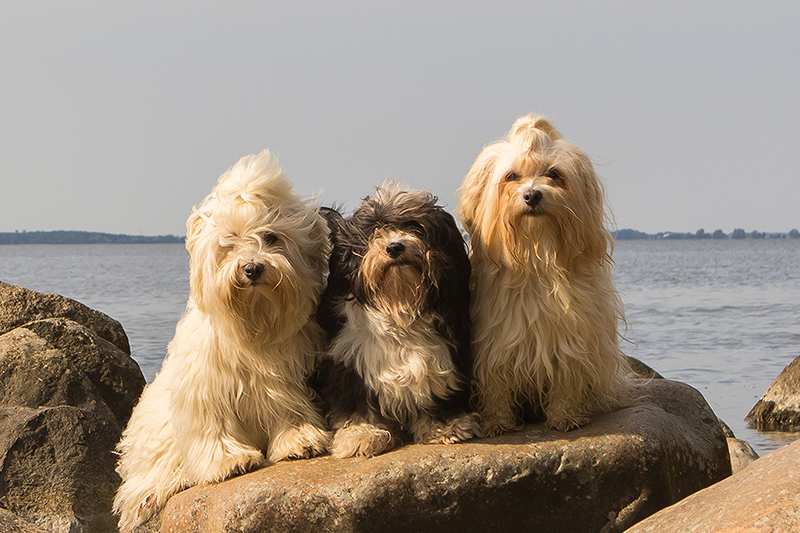
History
The modern Havanese was bred from the Blanquito de la Havana, also known as ‘The Havanese Silk Dog’. During the 18th and 19th Centuries the Havanese found a great deal of popularity with the aristocracy of Cuba, performing duties as a lap dog to women of society. Although the breed originated in Europe, the little Havanese puppies quickly became a Cuban dog, well-suited to the humidity of the Caribbean island nation.
Their coat developed to become more straight and silky, protecting the animal from the hot sun whilst allowing its skin to adequately breathe.
The little Havanese were eventually taken all over the world by fanciers who had visited Cuba for trade, politics or other duties and both Queen Victoria and Charles Dickens were reportedly very fond of the breed.
The Havanese remained a popular lap dog until the 20th century where, like many breeds of dog, they nearly became extinct. After the Second World War there weren’t many Havanese left in existence and by the time of the Cuban Revolution in 1959, the Havanese was all but gone. When the United States accepted refugees in the wake of the revolution, they brought with them eleven Havanese.
These eleven dogs, together with a concerted effort by American Havanese breeders to build numbers quickly eventually saved the Havanese from catastrophe.
The Havanese was officially accepted by the American Kennel Club in 1995 and the breed is now a popular show dog. Their intelligence, paired with a desire to please their owner makes the Havanese puppies very trainable and highly competitive.
While the Havanese available to us today are descendants of the eleven dogs that fled post-revolution Cuba, American breeders are currently working hard to widen the breed’s gene pool.

Havanese Facts!
- The Havanese can suffer from dry skin, perhaps because the little dog adapted so well to the humid conditions of its Caribbean homeland.
- The Havanese is known for not shedding much hair; kind of surprising for a dog with so much of it, right? It is a perfect little dog for people with bad allergies, especially because they don’t require a great deal of outdoor exercise.
- Jane Fonda and Barbara Walters both own Havanese dogs. Tennis giant Venus Williams also owns a Havanese as well as comedian Daniel Tosh.
- Even though the Havanese is a small dog with a big attitude, it has a great reputation for peaceful cohabitation with other pets. Some owners have even reported that their Havanese gets along famously with the cat.
Free engraved pet ID tag on sign up3
Customer Satisfaction
21 day cooling off
Easy to use Pet Portal


